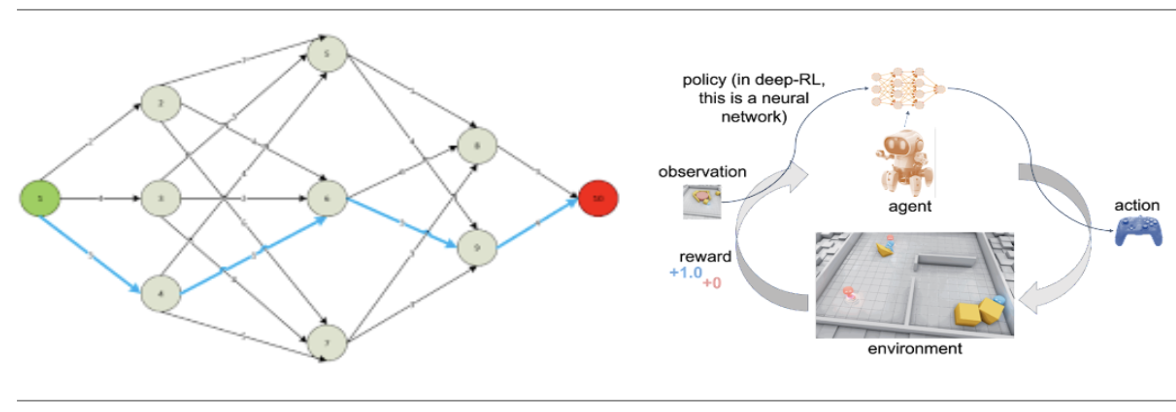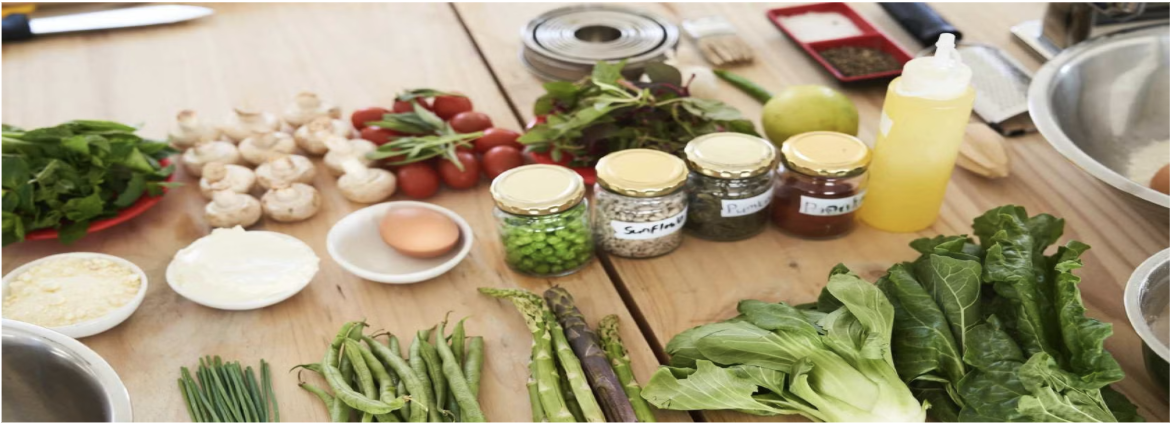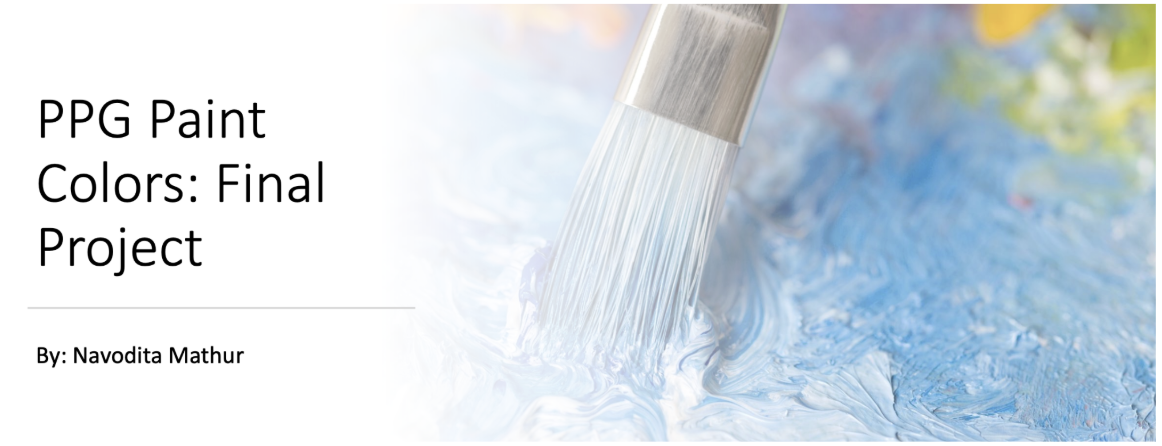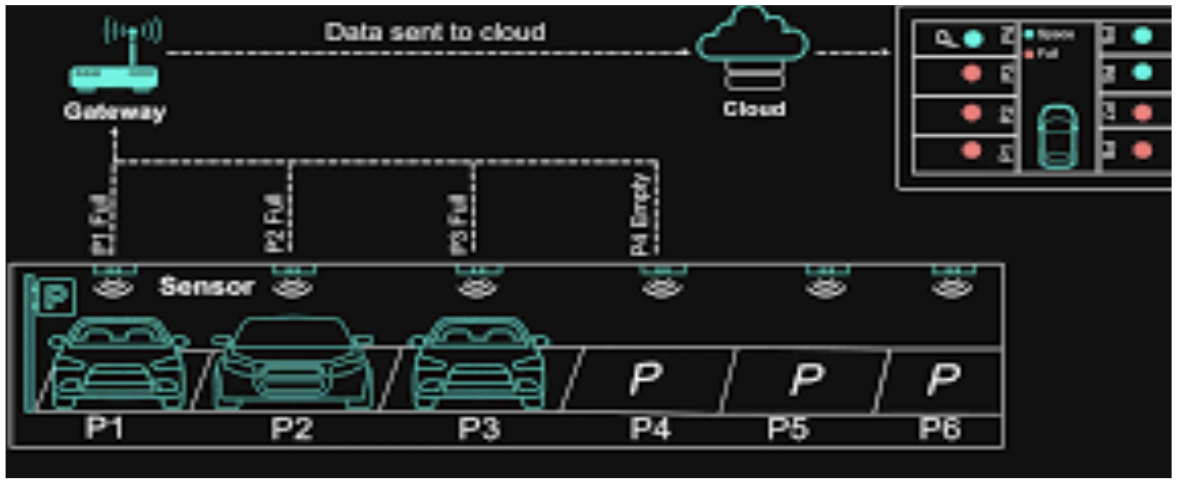Page Not Found
Page not found. Your pixels are in another canvas.
A list of all the posts and pages found on the site. For you robots out there is an XML version available for digesting as well.
Page not found. Your pixels are in another canvas.
About me
This is a page not in th emain menu
Published:
This post will show up by default. To disable scheduling of future posts, edit config.yml and set future: false.
Published:
This is a sample blog post. Lorem ipsum I can’t remember the rest of lorem ipsum and don’t have an internet connection right now. Testing testing testing this blog post. Blog posts are cool.
Published:
This is a sample blog post. Lorem ipsum I can’t remember the rest of lorem ipsum and don’t have an internet connection right now. Testing testing testing this blog post. Blog posts are cool.
Published:
This is a sample blog post. Lorem ipsum I can’t remember the rest of lorem ipsum and don’t have an internet connection right now. Testing testing testing this blog post. Blog posts are cool.
Published:
This is a sample blog post. Lorem ipsum I can’t remember the rest of lorem ipsum and don’t have an internet connection right now. Testing testing testing this blog post. Blog posts are cool.
Road crack detection is a critical task in infrastructure maintenance, ensuring road safety and timely repairs. Traditional deep learning models, such as ResNet, struggle with detecting fine-grained details due to pooling-induced information loss. This project introduces Wavelet U-Net (WUNet)—a novel model that replaces max-pooling with Discrete Wavelet Transform (DWT) and integrates a self-attention mechanism to capture both local and global contextual information. WUNet outperforms a ResNet baseline, achieving a 0.4 increase in F1-score, demonstrating superior crack segmentation capabilities in complex and noisy environments.

Brain tumor segmentation is crucial for medical diagnosis and treatment planning, yet manual segmentation remains labor-intensive and inconsistent. This project introduces a Swin-UNETR-based model for automated segmentation, integrating a 3D Swin Transformer, spatial attention mechanism, and squeeze-and-excitation (SE) modules to enhance feature representation and capture long-range dependencies. Evaluated on the BraTS dataset, the model achieved a Dice score of 0.88, outperforming U-Net in detecting complex tumor structures with greater precision.
 ”
”
This project leverages natural language processing (NLP) and Retrieval-Augmented Generation (RAG) to create an interactive PDF query system. Built using LangChain, it enables users to extract and retrieve key information from PDFs through conversational AI. The Streamlit-based interface allows seamless document interaction, while OpenAI API integration enhances response accuracy. PDF parsing is handled via PyMuPDF or pdfminer, ensuring robust text extraction. This tool is ideal for researchers, professionals, and students seeking quick, precise information retrieval from documents.

Tags: Question-Answering, RAG
This project leverages reinforcement learning (RL) to optimize network traffic routing dynamically, overcoming the limitations of traditional algorithms like Dijkstra and Bellman-Ford. Using OpenAI Gym, we simulated real-time network conditions and trained AI agents with Proximal Policy Optimization (PPO) and Hindsight Experience Replay (HER) to enhance decision-making. The model adapts to latency, throughput, and loss variations, optimizing routing efficiency. Deployed in a simulated environment, this AI-based routing system demonstrates the potential of RL for intelligent traffic control. Read More…

This project employs machine learning to predict optimal crops based on environmental factors such as region, temperature, rainfall, altitude, and irrigation status, providing tailored recommendations to users. The solution includes a web and mobile application, enabling real-time interaction, personalized guidance, and dealer registration for agricultural supplies. MySQL is used for data management, while the model is deployed on a scalable platform for seamless access. By integrating predictive analytics with practical deployment, this system bridges the gap between technology and sustainable farming.
Tags: Machine Learning, Web Development
This project develops an NLP-powered recipe search engine that efficiently retrieves recipes based on titles and ingredients. Using natural language processing (NLP) techniques, such as tokenization, normalization, and stop word removal (NLTK), the system processes over 2 million recipes from a Kaggle dataset. The search engine leverages indexing and ranking algorithms to enhance retrieval accuracy and relevance. Built with Django, the platform provides a seamless user experience for discovering new recipes. Read more….

Tags: Information Retrieval, NLP, Search Engine
This project focused on analyzing a dataset provided by PPG to identify key paint properties using R.

Tags: Data Analysis, Machine Learning, R
A web application to search for people, units, areas, methods, tools, and resources required for scholarships with special privileges given depending on the permission level. My role was to query and construct the graph database using Neo4j, build APIs for CRUD operations on the SQL database, and deploy the website using Google Compute Engine.

Tags: Database, Web Development
The project’s goal was to developed a website to crack and validate the password using MD5 of registered users and validate the password as strong, moderate, and weak. To do so a list of 2000 commonly used passwords was used and tested using permutations with 0-9 digits and special characters. To optimize, the password was restricted to use at most 2 numbers and 2 special characters. 
Tags: password cracking
The project was aimed to detect empty vehicle spots in parking by mobile based application with the help of sensors implemented using an Arduino board. Wrote the Arduino code to help detect cars using UV sensors and to change the color of LEDs. The data was visualized on mobile app using Bluetooth.

Tags: IoT
Published:
This is a description of your talk, which is a markdown files that can be all markdown-ified like any other post. Yay markdown!
Published:
This is a description of your conference proceedings talk, note the different field in type. You can put anything in this field.